Orcasound app: live.orcasound.net
An open-source solution for streaming live ocean sound
to citizen scientists and cloud-based algorithms

|
06 Nov 2018: ASA meeting
|
Orcasound hydrophone network
A cooperative of education/outreach NGOs, researchers, & citizen scientists
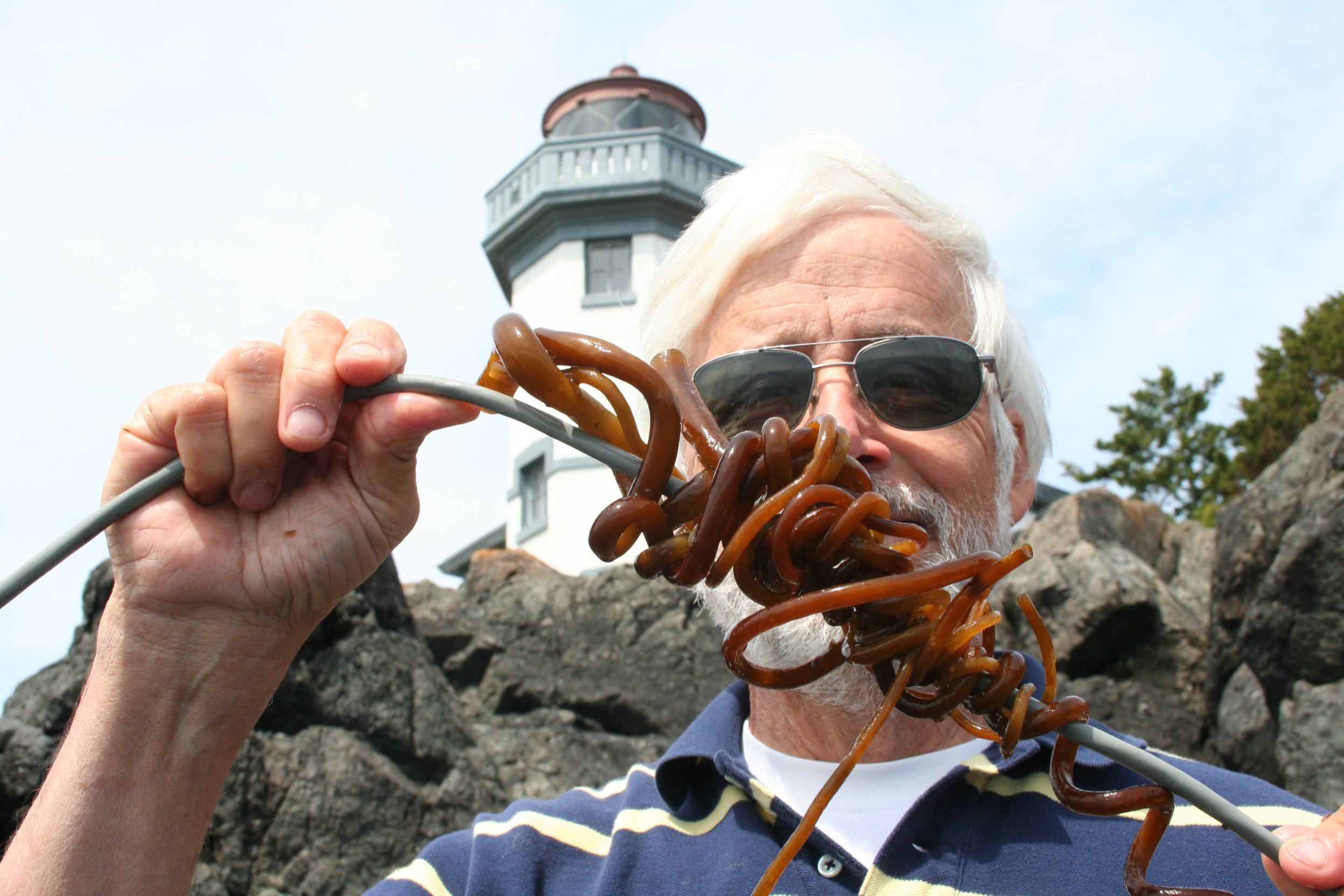
|

You can join Orcasound, too! |
Orcasound's (historic) automated detection & classification
 |

|
Admiralty Inlet study (unpublished) -- Of 22 SRKW transits during local daytime,
humans detect 45%, Wholistener 64%, combined 77%.
Complaints lead to new goals & vision
Complaints:
- Device/player incompatible with stream (e.g. Shoutcast, Icecast)
- Limited listening "seats"
- No continuous archived recording (only short clips from algorithms with amplitude or tonal triggers)
- Hard drive and hydrophone maintenance

Goals:
- Make it easy for unlimited citizen scientists to listen for whales.
- Reduce cost & complexity of adding hydrophone nodes.
- Stream and archive data in the cloud to promote synergy between human and machine learning.
Orcasound 2.0: new hard/software & a web app in 2018

Vision:
- open source software
- open data access
- real-time engagement of citizen scientists
- cloud-computing
Thanks to 2017 Kickstarter backers, plus key web app developers/designers to date:
Paul Cretu, Skander Mzali, Steve Hicks, Tyler Crisafulli, Nóra Mészáros, Liam Reese, and participants in the October 2018 Civic Hackathon
live.orcasound.net
New node hardware
Can we deploy a hydrophone node for less than $1000 (U.S.)?!
Basic ingredients (and costs):
60% of cost is hydrophones! (>75% for least expensive research-grade) |
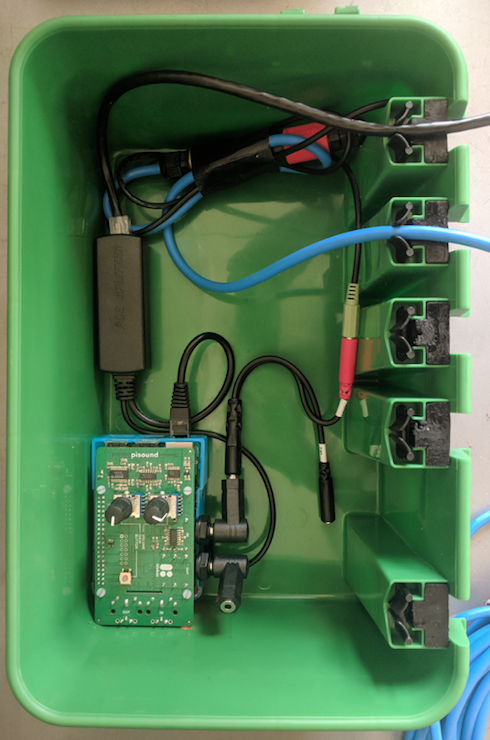 |
New node software
Can we stream using open-source software?
- Linux (Raspian), Docker (container), Dataplicity (remote access), and soon Resin.io (for deployment)
- ffmpeg -- encodes audio data (compressed stream and/or lossless archive) in two formats:
- Compressed & lossy: HLS segments (HTTP Live Streaming)
- Compressed, lossless: FLAC (Free Lossless Audio Codec)
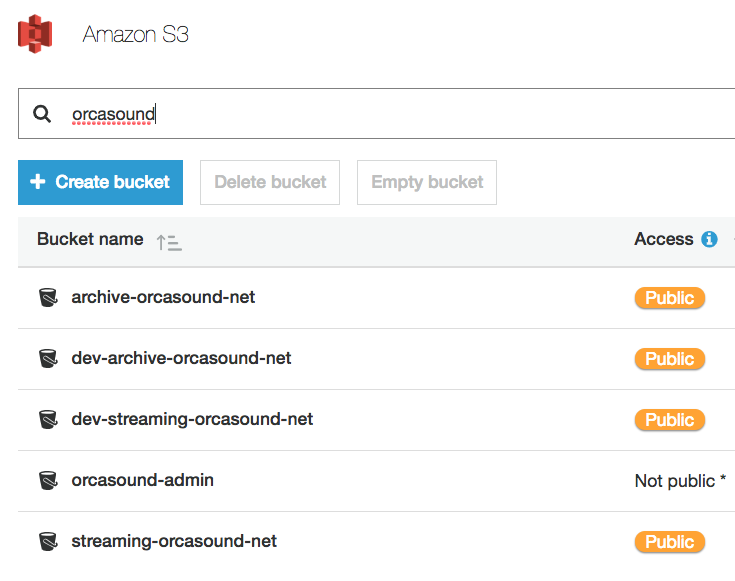
How do we archive data in the cloud?
- s3fs -- uploads data files and "manifest" to Amazon’s Simple Storage Services (S3)
- FLAC filenames contain UTC timestamp
Orcasound app
Can we make it really easy to listen (with a web app)?
Heroku-hosted web site implemented in Phoenix/Elixir: live.orcasound.net

Orcasound app
Yes, it's getting much easier to listen on any device!
Failure or frustrated reports down from 32% in beta, to <25% in public live site
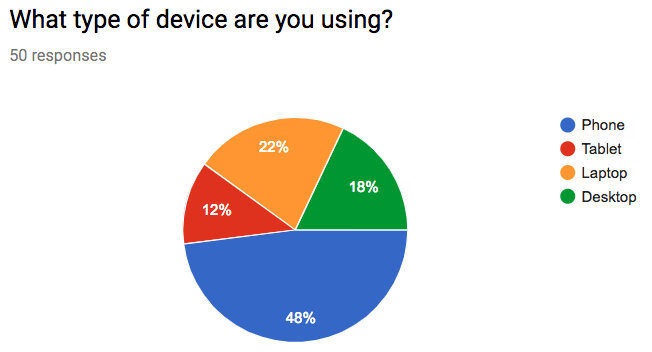
Show of hands: did you hear Haro Strait? (Yes? No?)
Global reach
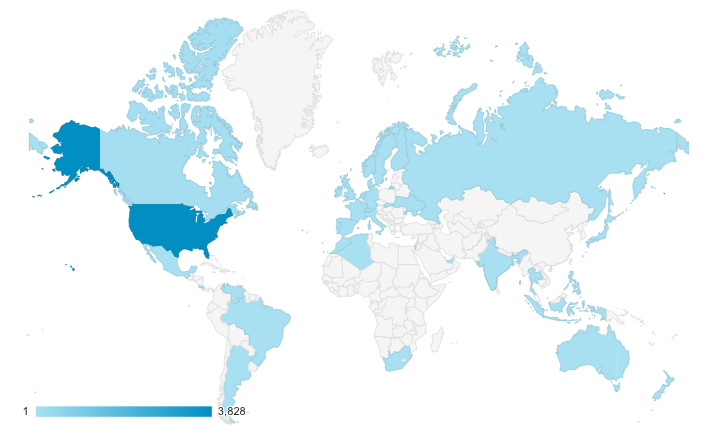
Local reach
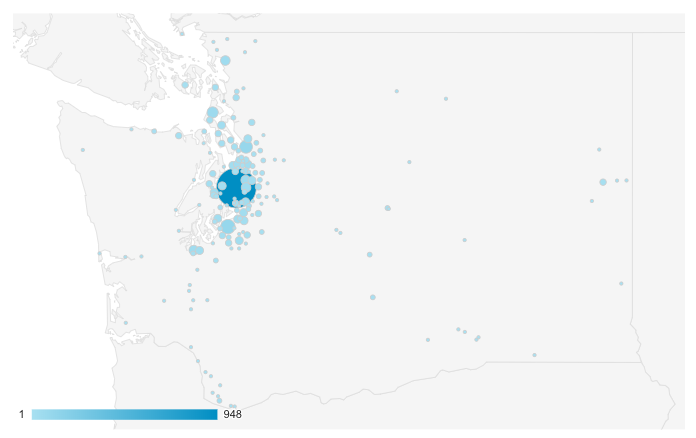
How can we best set the stage for machine learning?

Orcasound app features under development
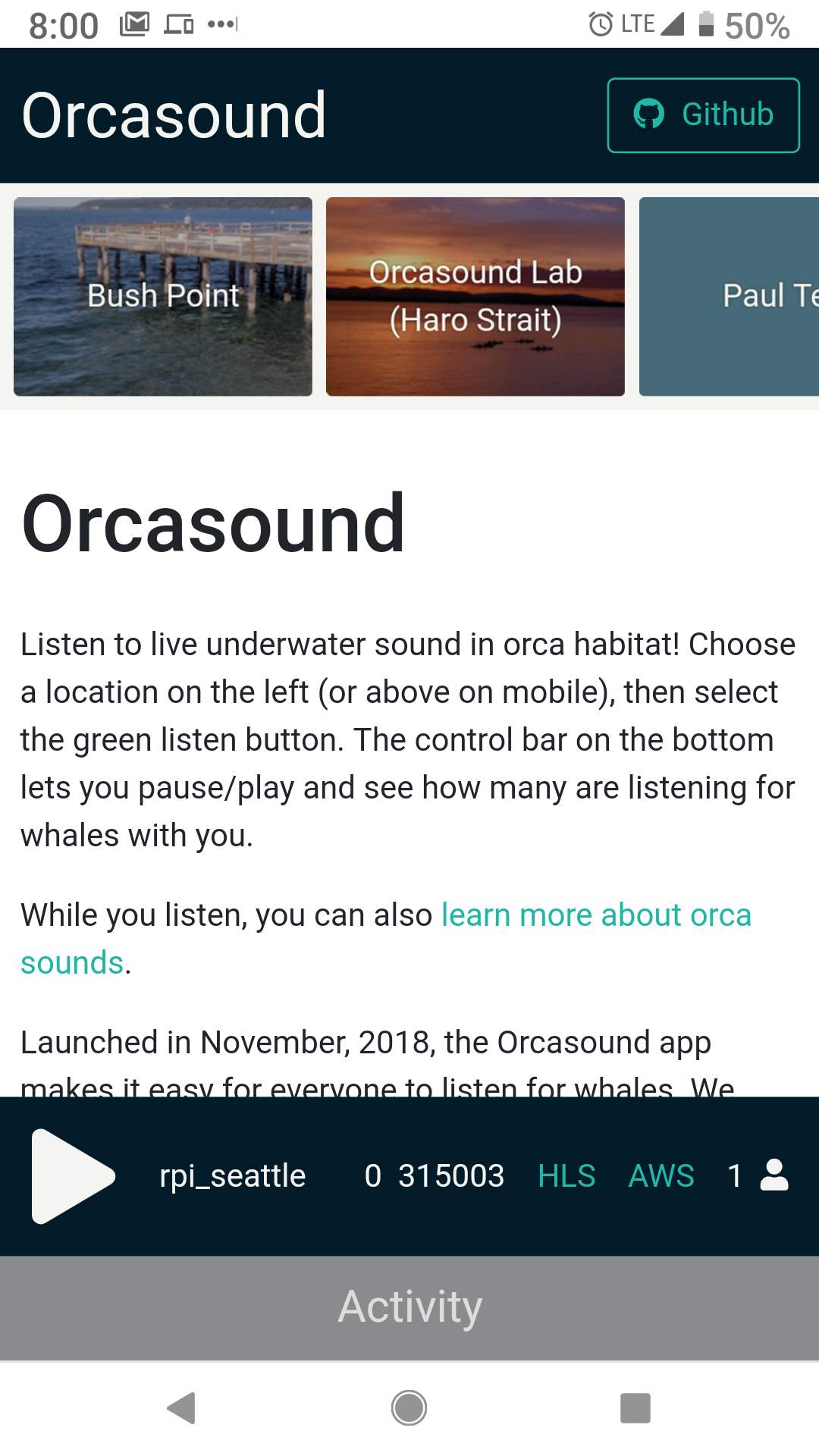
- Beta-test "I hear something" button
- Build administrative interface to human detections
- Develop spectrogram visualization of live HLS stream
- Build training data set of killer whale signals for machine learning
- Organize expert's catalog of signals (~40 types of "pulsed calls")
- Clip isolated, clear calls from continuous recordings of wild killer whales
These will be foci for the Nov 17 "Hack to Give Thanks" event in Seattle...
Live stream precedent: OrcaLab's OrcaLive
Real-time inspiration: ~5 decades of live-stream pioneering by Paul Spong and Helena Symonds.
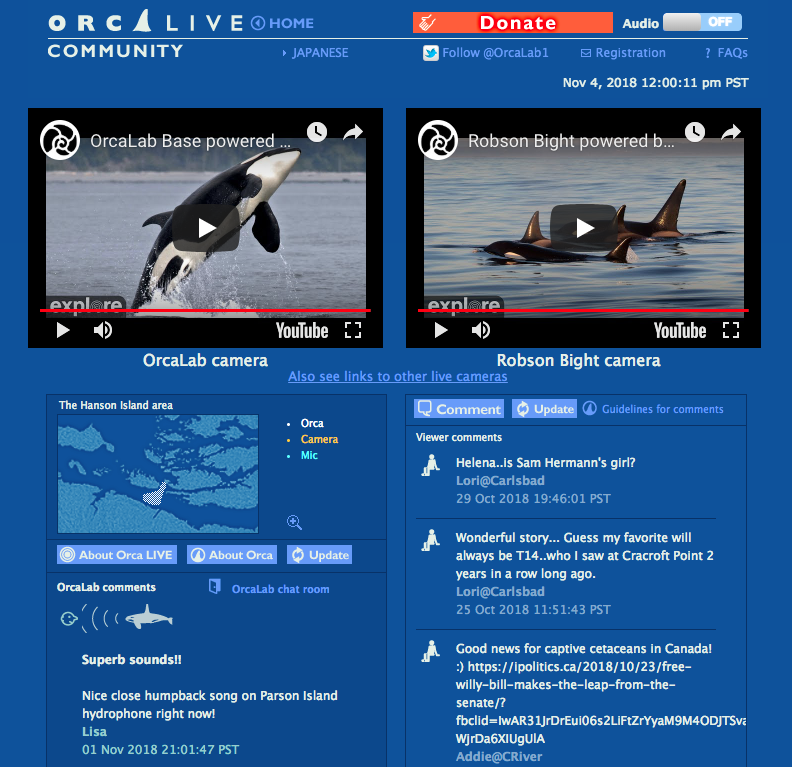 Live-stream
Live-stream
Annotation precedent: Orchive

Live stream precedent: Mars Mooring via YouTube
Live stream precedent: Listen to the Deep


Live stream precedent: Cornell's real-time bird call classifier
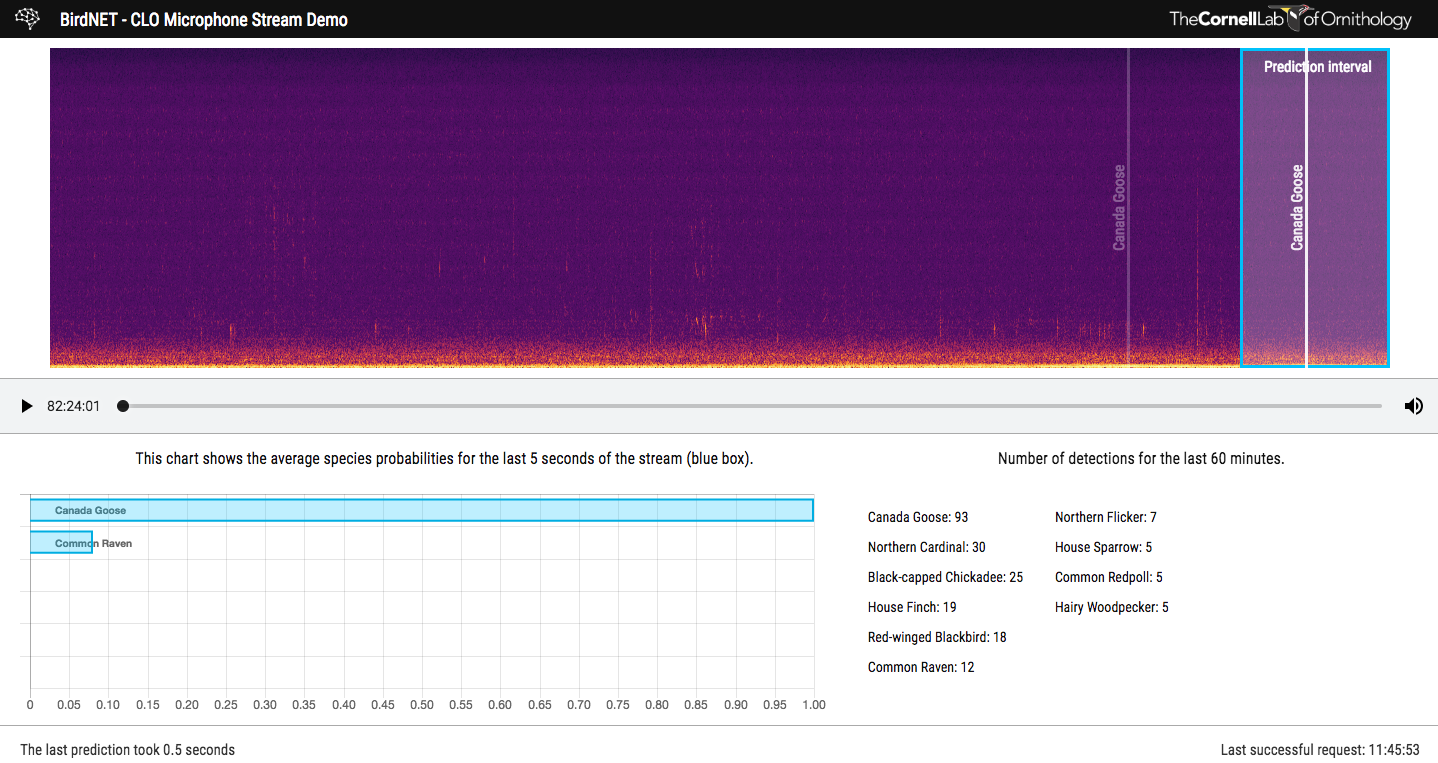

Human classifier precedent: Zooniverse classify tool for Bat Detective
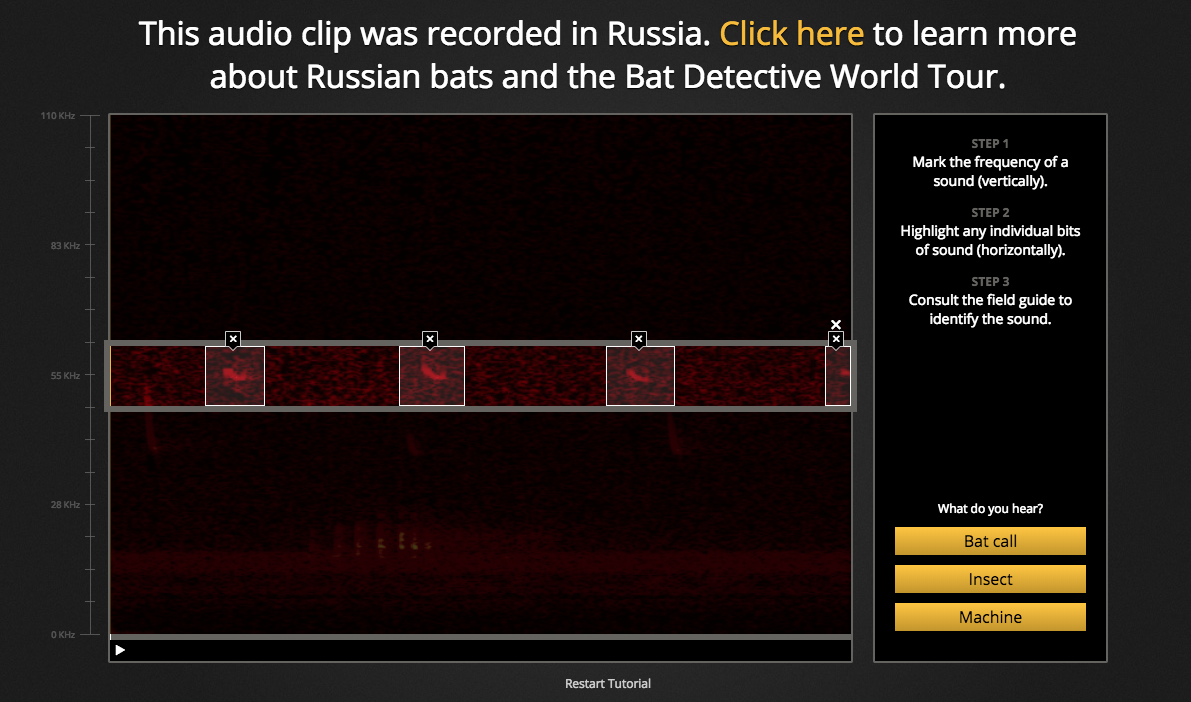

Orcsound's road map to detection, classification, & annotation

Questions?
/